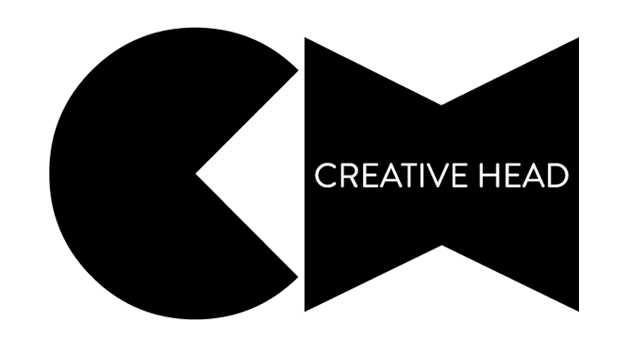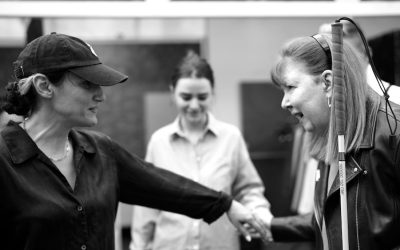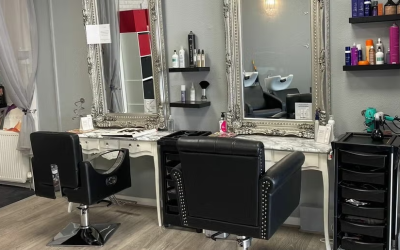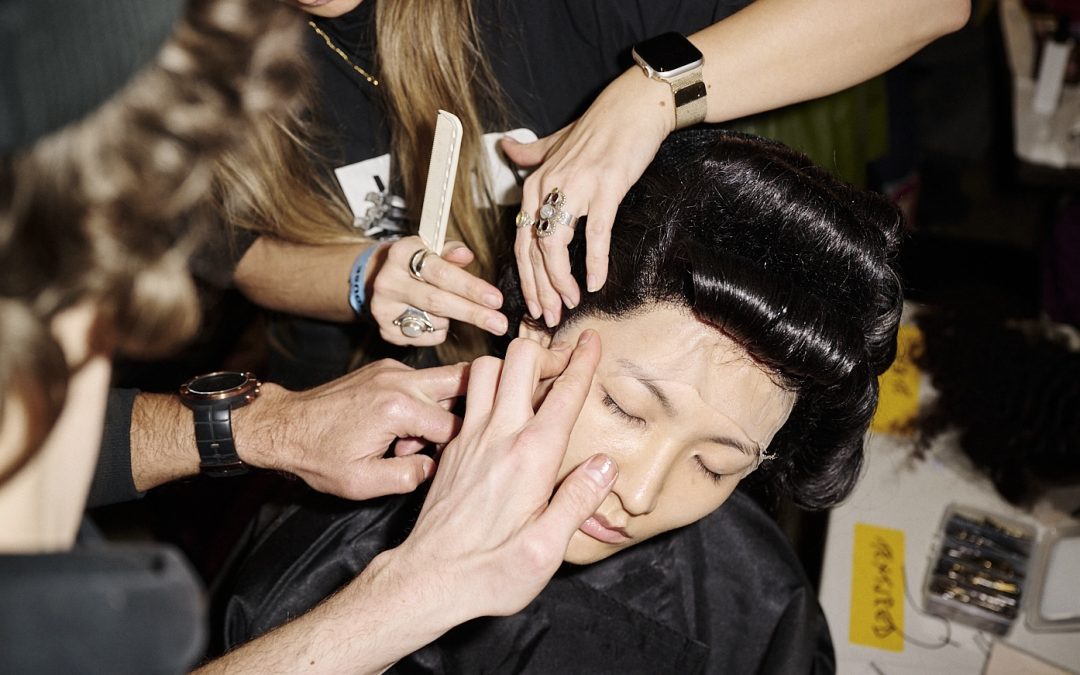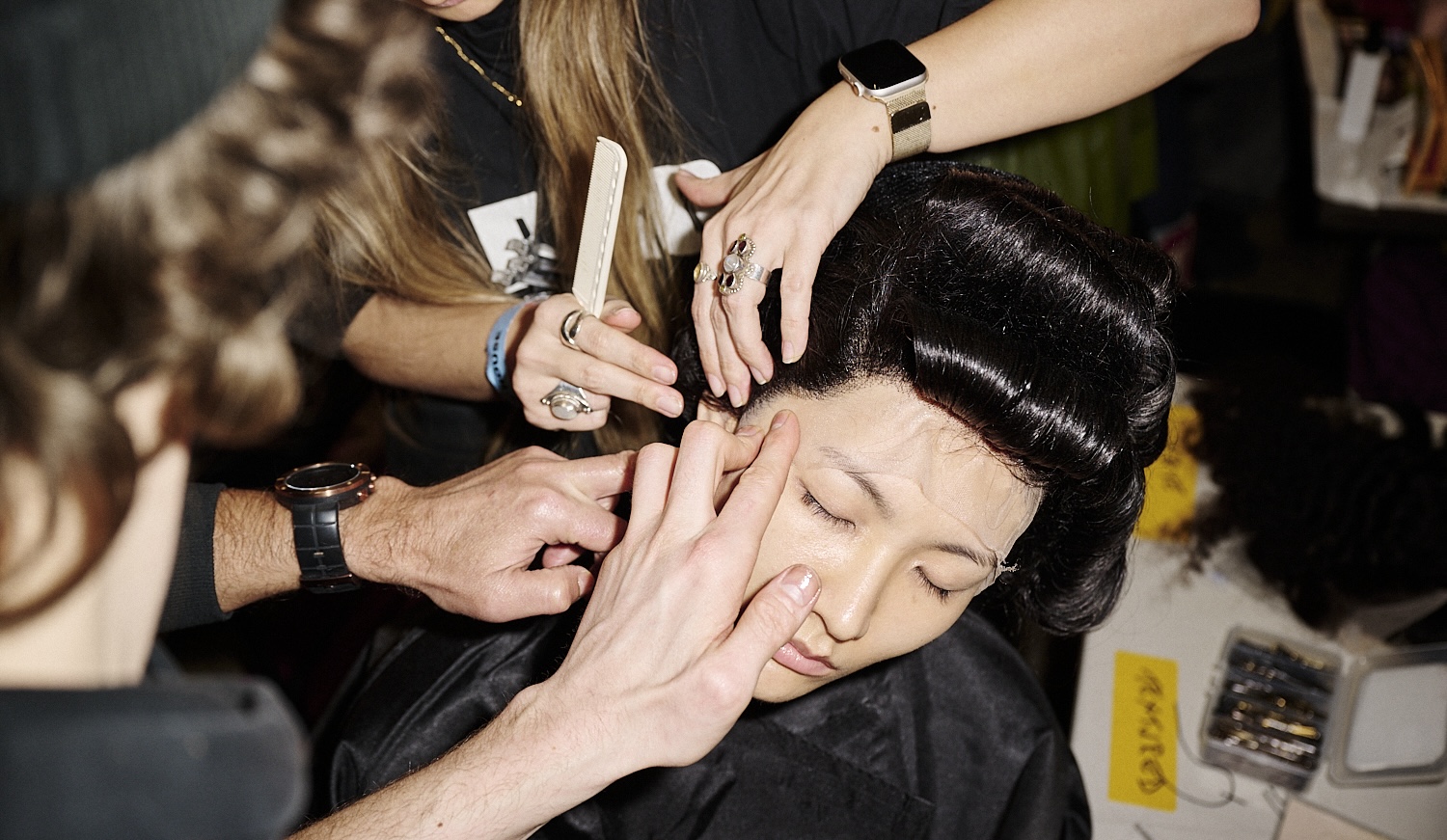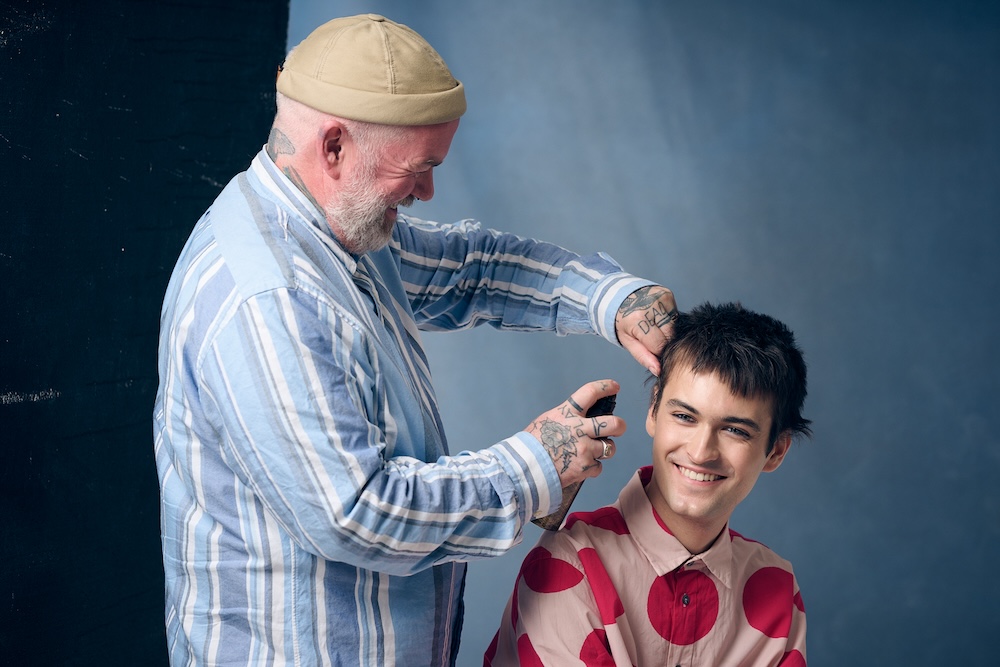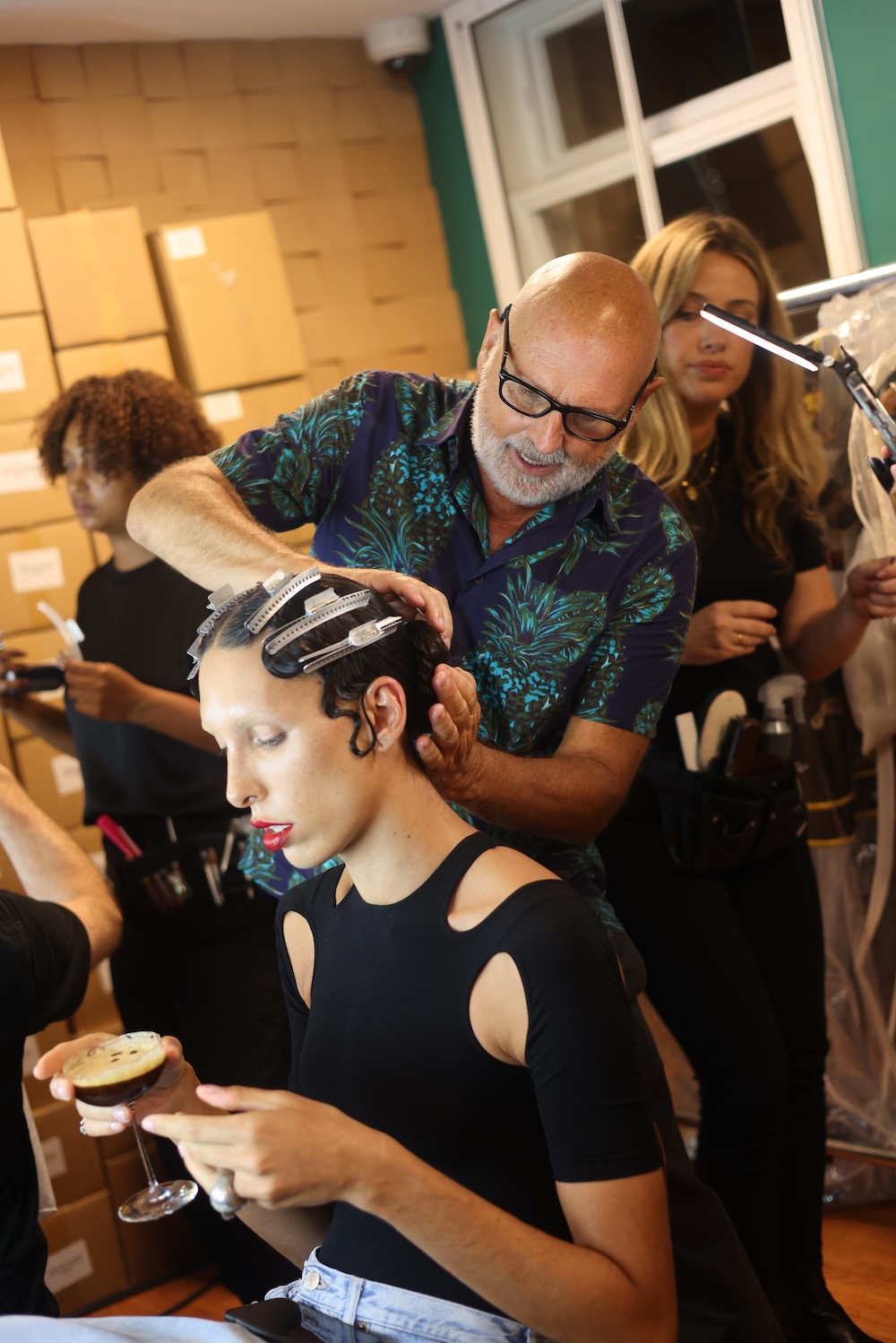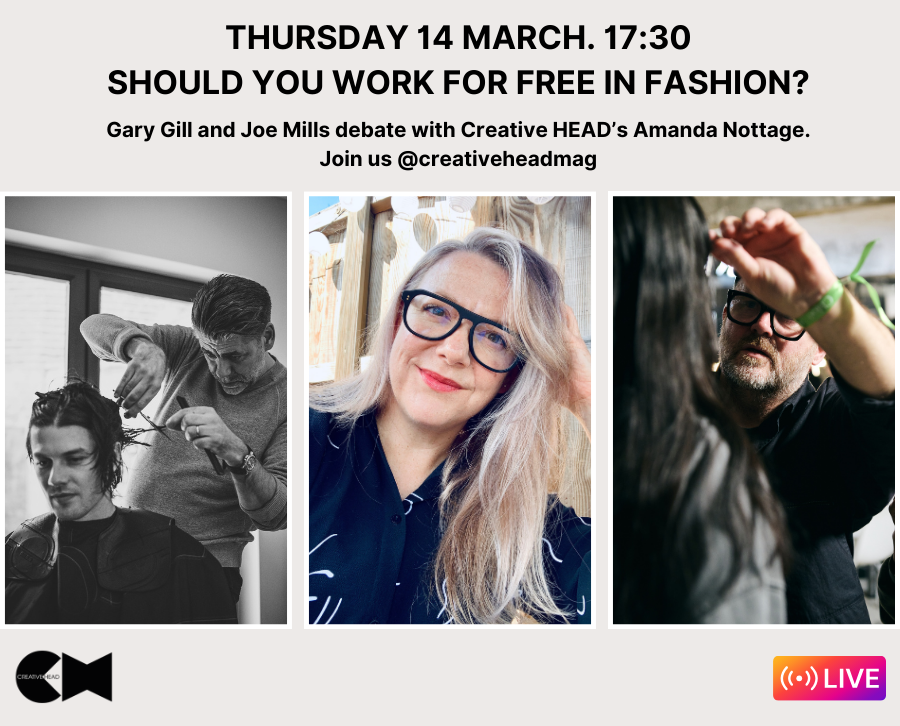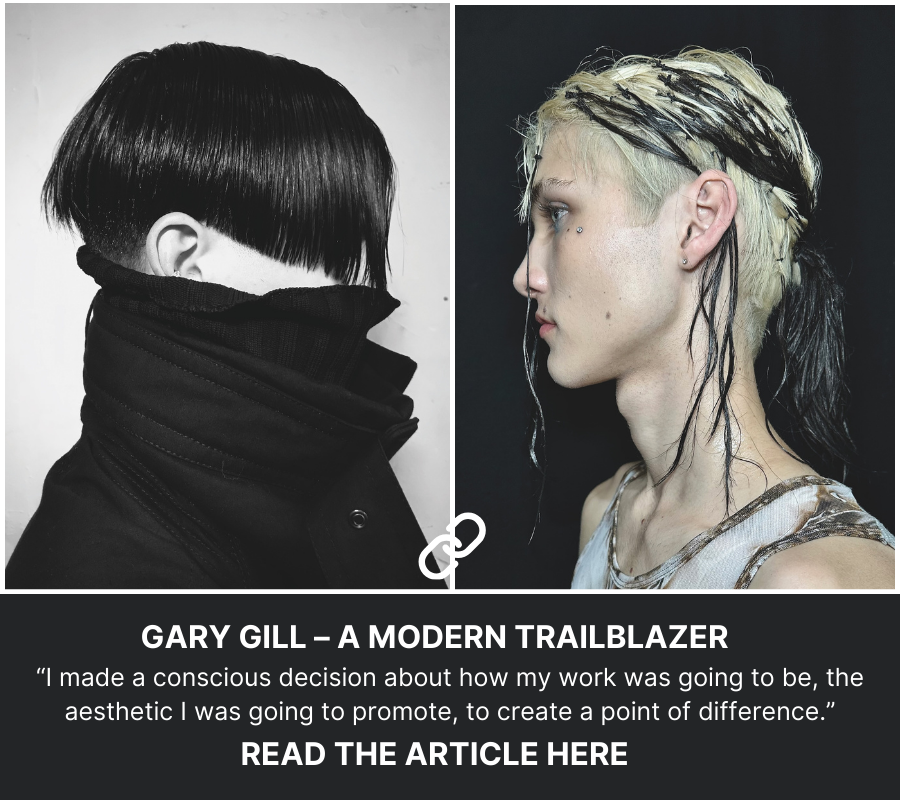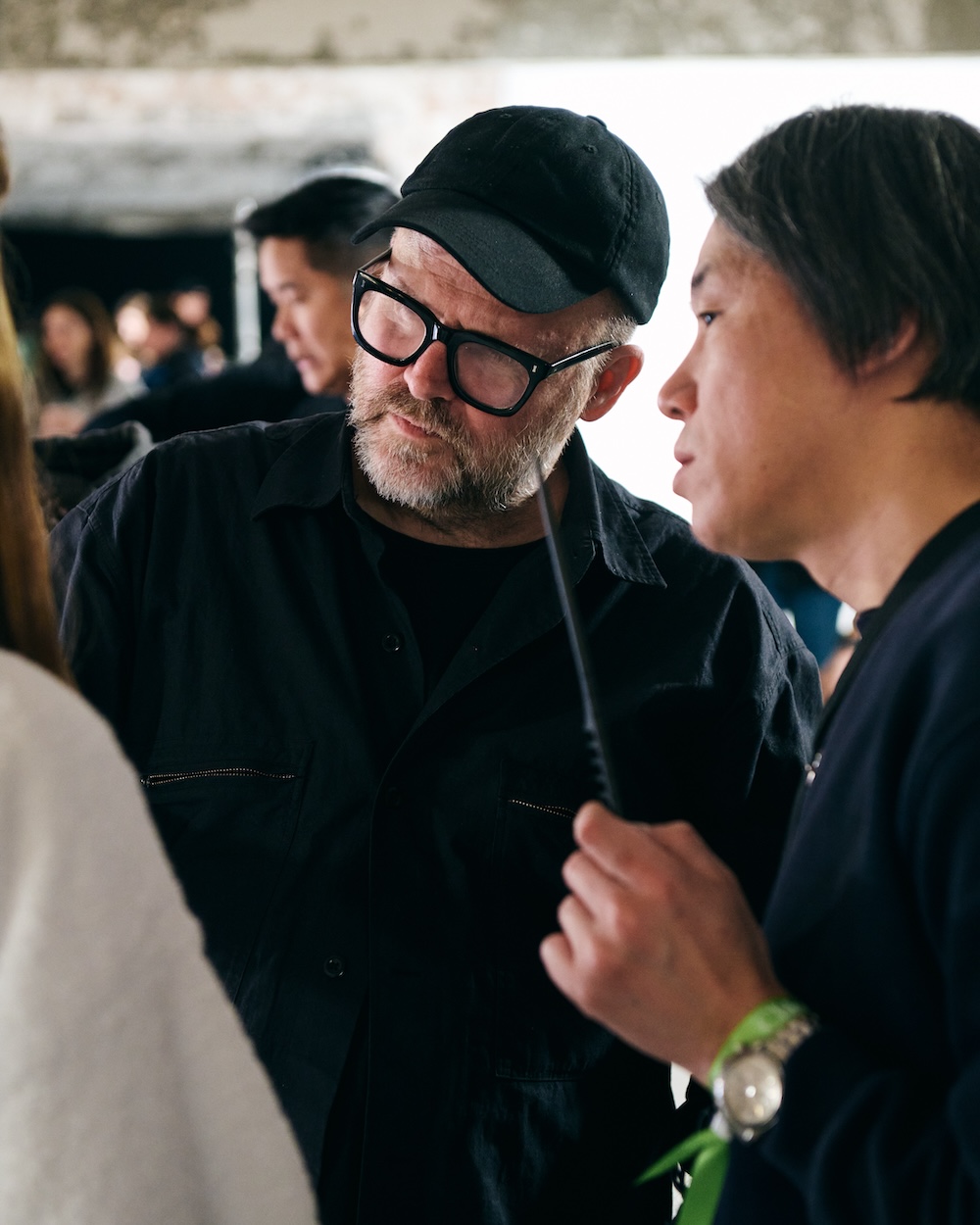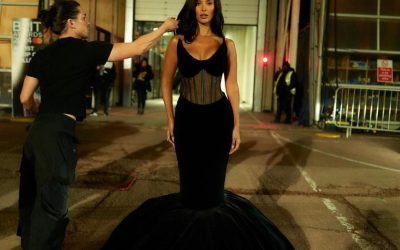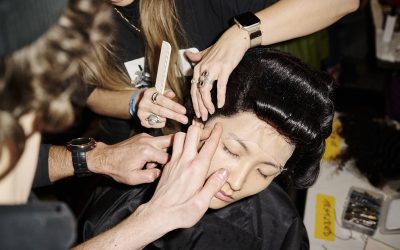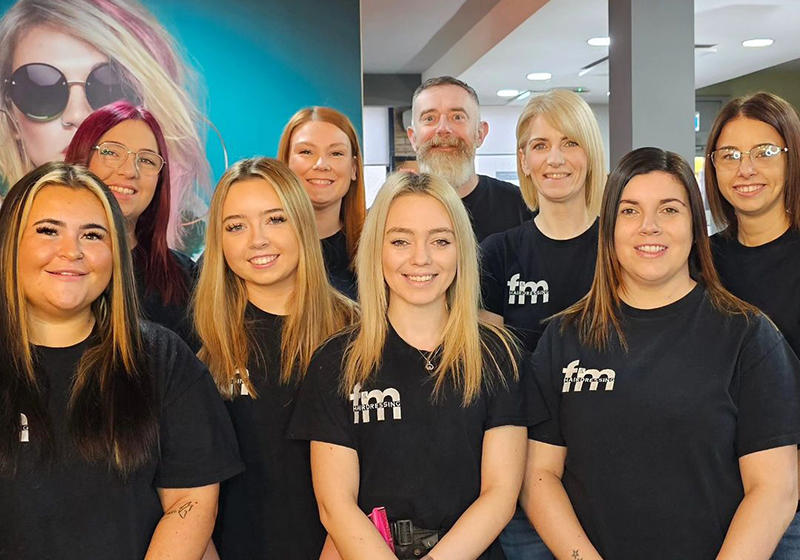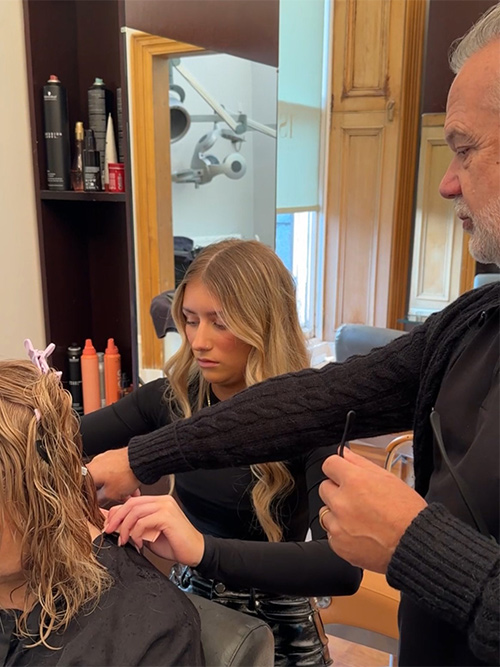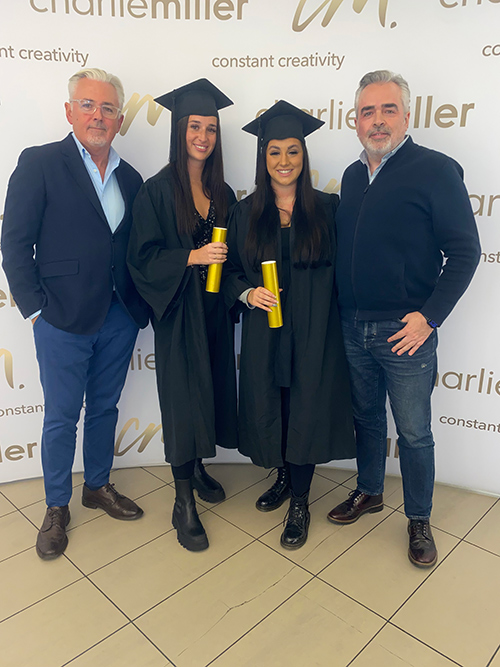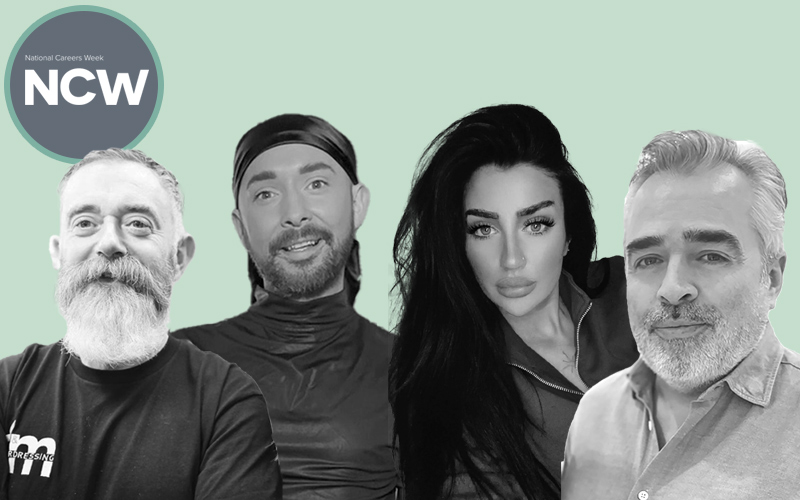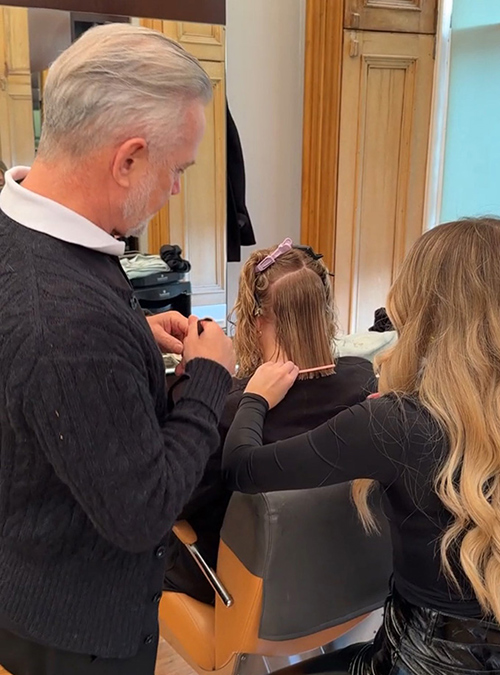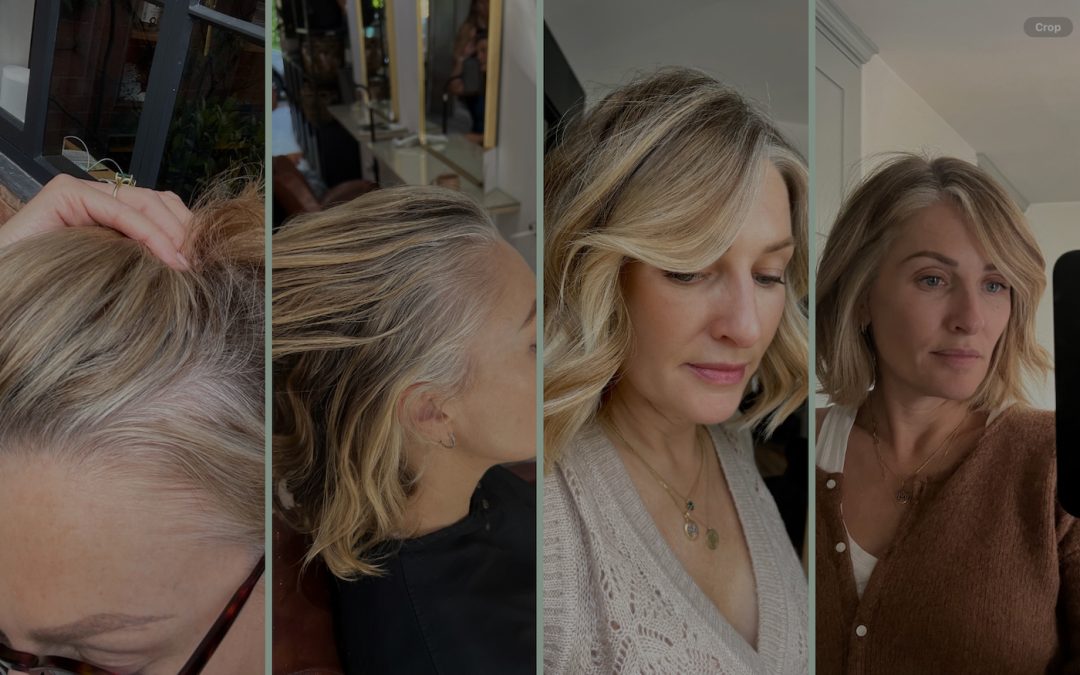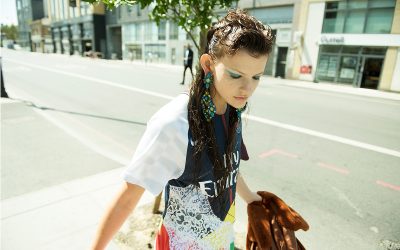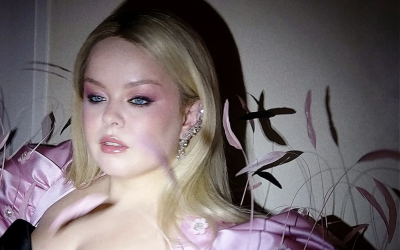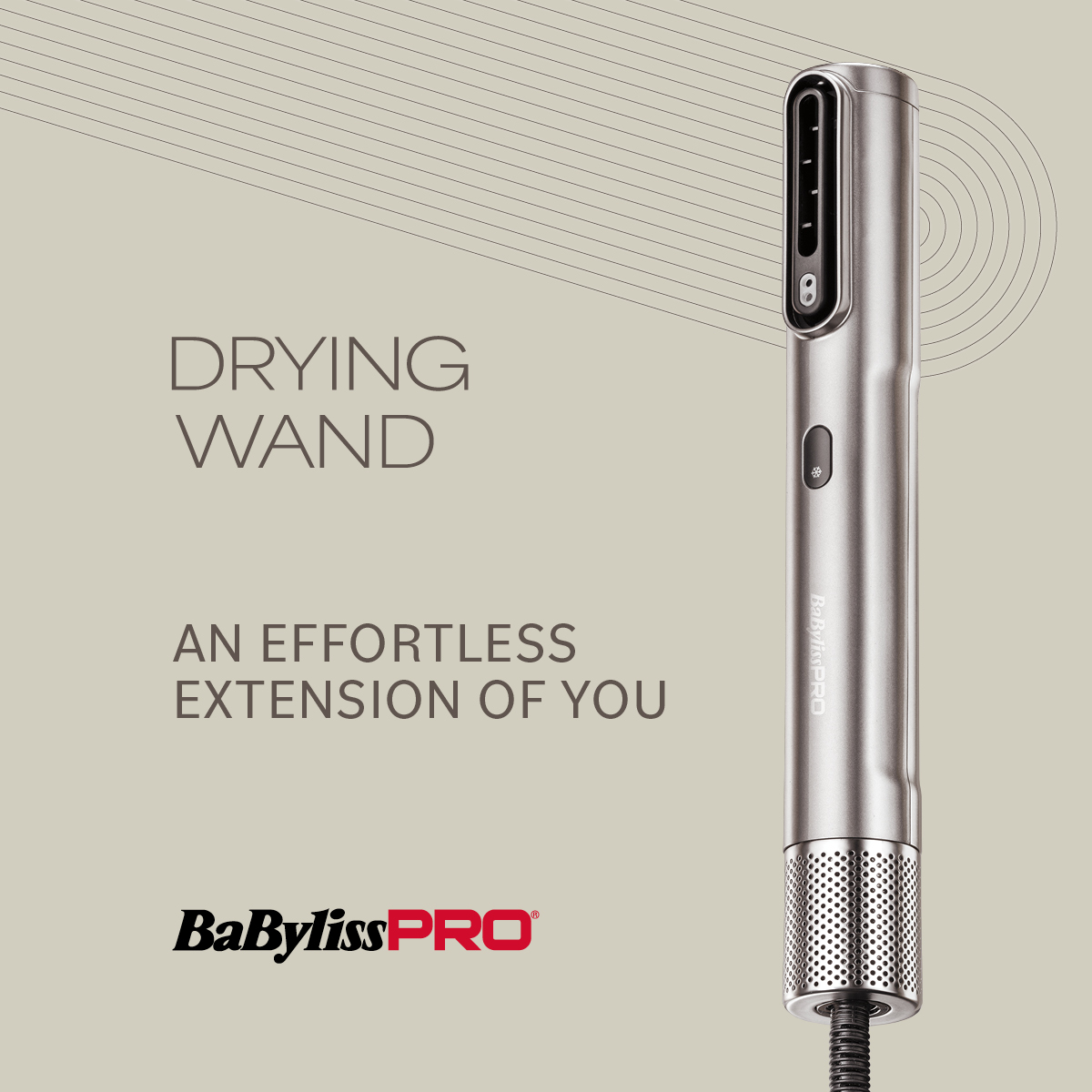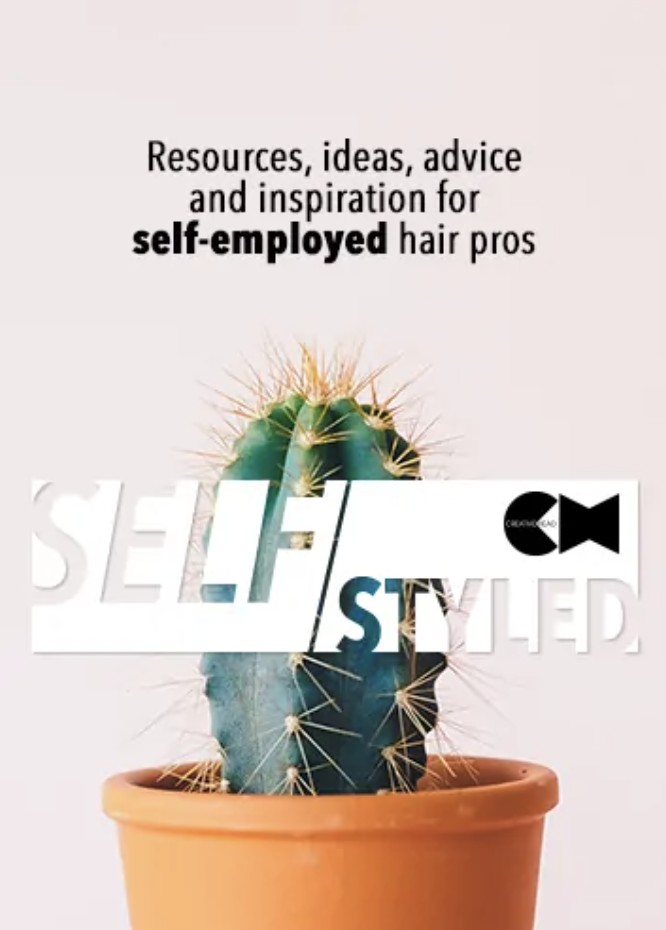The fashion and beauty industries celebrate innovation, but one vital element is still too often ignored: accessibility. Beauty is meant to be a language of self-expression, a way to show the world who you are. But what happens when spaces designed for visibility leave millions unable to participate?
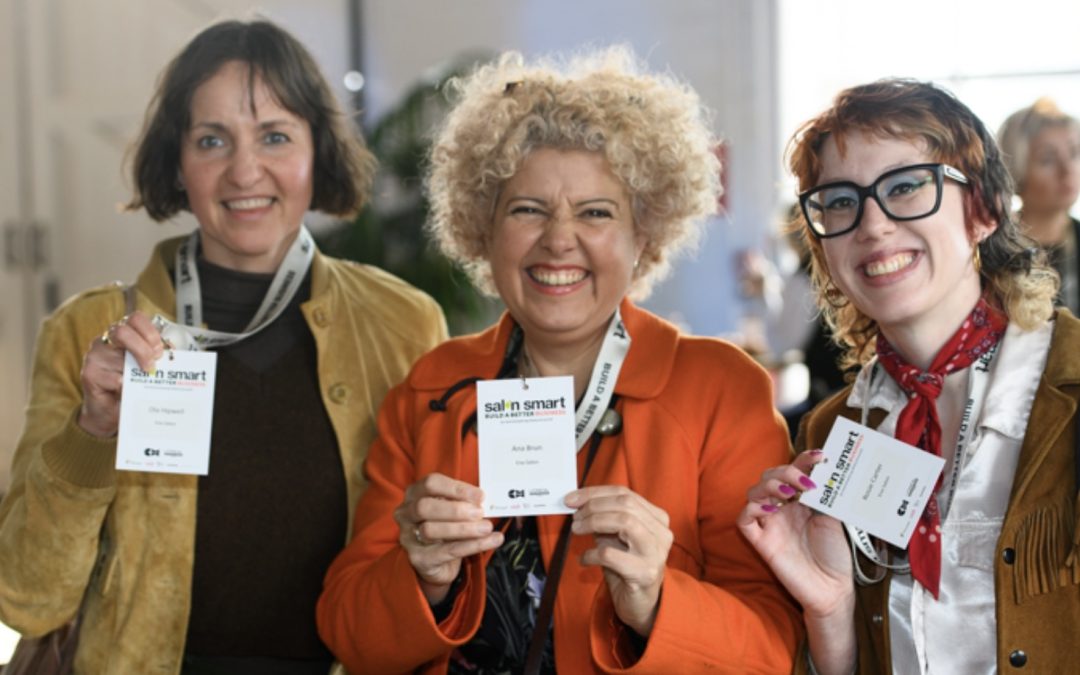
Embrace Tech, But Not At The Expense Of Human Connection
SALON SMART 2024: HERE’S WHAT WE LEARNED
Tech is important to support your business, but the human connection is unique, enduring and vital.
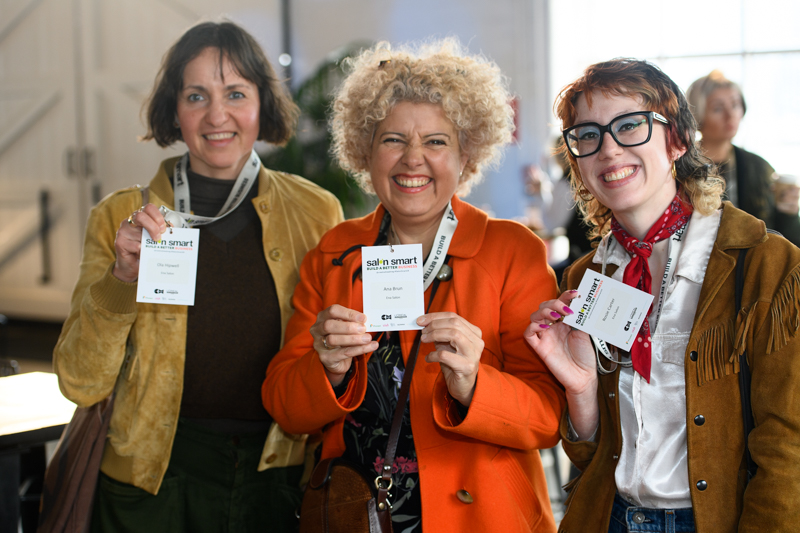
First things first: Salon Smart 2024 was an absolute belter – packed with people and packed with new ideas for how best to run a hair business now. Tickets for Creative HEAD’s networking event for salon and barbershop owners and managers had sold out weeks in advance, so it was a lucky crowd of 200 first-past-the-post hair pros who descended on the Chain and Buoy Store in East London for a day of insight, learning and inspiration delivered by industry experts and innovators. And what did they learn?
With no less than 22 awesome presenters and panel members taking to the stage, the Salon Smart agenda was diverse and wide-ranging. But as the day played out, some key themes emerged:
• It is vital now to embrace technology within your business, whether that’s using best-in-class software for client bookings, stock management and marketing; creating AI bots to tackle specific areas like retail or staff training; or harnessing the power of social media to find new clients (let’s face it, social media is the only place young humans are looking for a hairstylist nowadays). Tech is not only changing the game in-salon, it’s something your clients expect to experience within their salon visit, too.
• However, whizzy tech should not come at the cost of human connection. We heard a lot about the powerful role hairdressers play in the lives of their clients beyond a cut and blow-dry, whether that’s as an advisor, a listening ear or as a business within the community that’s genuinely making a difference. (Most Wanted Best Local Salon 2023 winner Alison McRitchie, owner of The Head Gardener in Inverness, delivered an incredibly moving showcase of the work she does at the Highland Hospice, where she provides joy and happiness to terminally ill cancer patients.) This human connection is unique and valuable and should lie at the heart of your business long into the future.
• Your client base will change dramatically over the coming years. According to keynote speaker Monica Teodoro, general manager of education and professional development at L’Oréal Professional Products, by 2035 your clients will be older, more male, even more urban, more ethnically diverse and also more culturally and religiously diverse. “Whatever you did before will not be enough for tomorrow,” warned Monica, noting that businesses will need to invest in education, in order to stay one step ahead of new skills and trends as they emerge, and they will need to be significantly more diverse. This latter point was also made in compelling fashion by textured hair campaigner Winnie Awa, who revealed that only 1% of the UK’s 35,000 salons currently cater for textured hair clients. “We need to work harder to create an inclusive environment for the products we use and the services we offer,” she said.
• Don’t be afraid to delegate. As a business owner you’re probably attempting to do the work of five full-time jobs. Keep hold of the parts where you know you bring value but ensure people with different strengths take care of the rest. As serial entrepreneur Samantha Cusick stated: “Take steps to work on your business, not in it. That includes delegating tasks, in order to create the time you need to work on your plans.”
“Salon Smart is like a litmus test for what’s actually happening in salons right now – what’s working well, what’s going wrong. It’s an event that takes a vast amount of information from real business owners and distils it into clear, thought-through ideas that you can use to plan for the future.”
Catherine Handcock, publisher, Creative HEAD

Winnie Awa

Monica Teodoro

Samantha Cusick

Alison McRitchie
And there was so much more to listen to and think about at Salon Smart 2024. In other highlights:
Jordan Massarella and Benjamin Jones shared the clever thinking behind their new Massarella+Jones salon in Leamington Spa, from their collaborations with local online-only businesses (“We give them a shopfront, while we benefit from their social media presence”) to how they created a homely and welcoming salon experience that fully reflects their personalities and brand ethos (the bespoke wallpaper, created by a local artist, features nods to the duo’s pets, agricultural upbringing and even their tattoos).
Mark Ronayne of salon software expert Phorest alerted the audience to upcoming new legislation surrounding tipping – primarily targeted at unscrupulous behaviour within the hospitality industry but also, coincidentally, impacting on hairdressing – and offered excellent advice on how to stay compliant (there was plenty of note-taking during this session!).
Staying with software, Danny Coles of colour management system Vish showed how salon owners need to start looking at the cost of product, in order to price services more accurately and profitably. Other industries charge for every bit of product, he argued, whether that’s ordering an extra ‘side’ in a restaurant or a refill in a wine bar, while salons often lose out by not understanding the numbers (a Vish survey of 2,400 salons showed that one in five colour services are non-profitable). “Learn from your local garage,” said Danny. “They break down their invoice into parts and labour, and you need to start thinking that way too.”
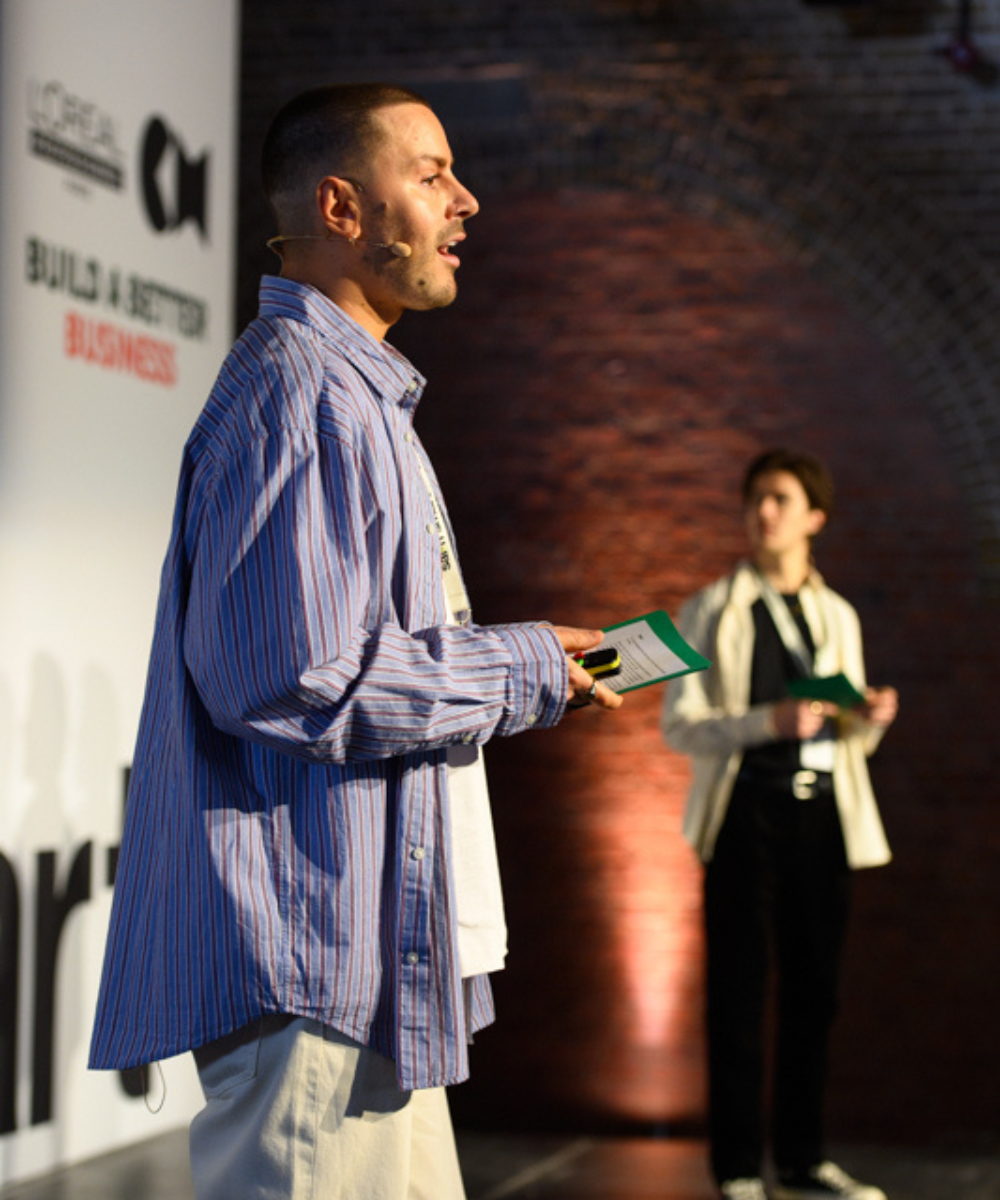
Jordan Massarella and Benjamin Jones

Mark Ronayne

Danny Coles
The Resilient Hairdresser, Hayley Jepson, offered tips on recognising and dealing with burn-out, a condition she believes is leading people to exit the industry. Juggling a business with family life (and the logistical overwhelm that can involve) and the exhaustion that comes with having to be “creative on demand” can lead to feelings of joylessness and resentment and the realisation that you don’t do anything for yourself anymore. Hayley’s advice? “I prescribe fun! Put your phone away, focus on your family, go out on date nights with your partner and make time for other creative outlets that are non-work related. If you’re going to look after clients, you’ve got to take care of yourself first.”
Delegates were fully immersed in the Salon Smart experience, with the opportunity to ask questions after every session, as well as taking part in on-the-spot polls about their business. A Working Lunch session also provided valuable contact with brands providing transformative business support and innovative products and services, including L’Oréal Professionnel Paris, Phorest, Vish, Beauty Works, Glowwa and Moroccanoil.
For a full report from Salon Smart 2024, read the April issue of Creative HEAD magazine. Register for your free copy here.

Related
Hair & Care Presents: Beyond Vision – Championing Inclusion in Fashion and Beauty
What’s The ‘Come Back Cut’?
From ill-judged bangs to poorly-thought through perms – big hair decisions often follow a moment of upheaval. This Isle of Man salon is putting a positive spin on the transformational haircut
7 In 10 Clients Want To Buy From Their Salon
That’s just one of the eye-opening stats from Phorest’s Consumer Insights Report 2025
